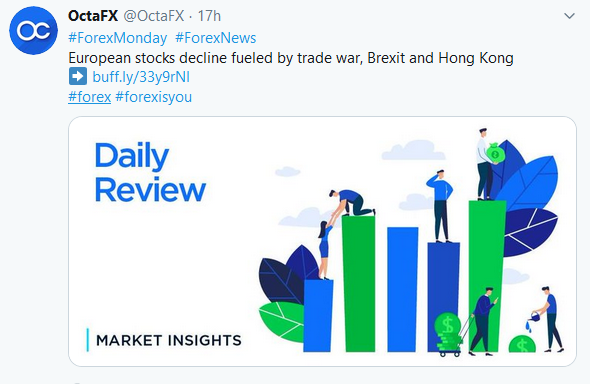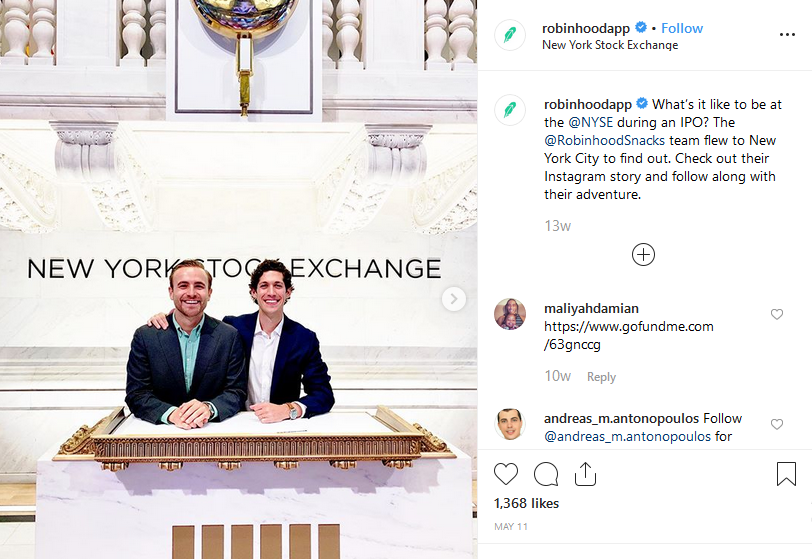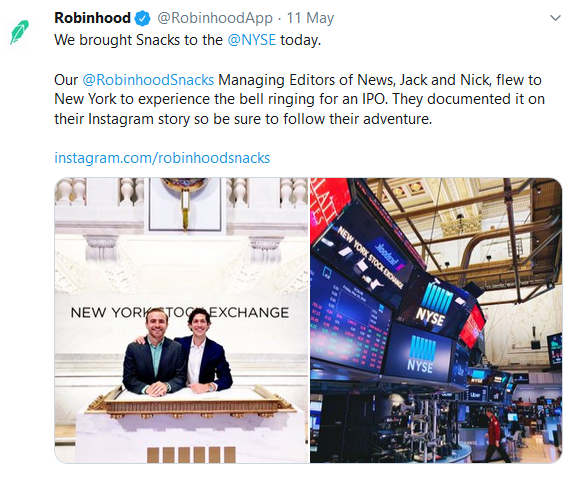Trade volumes and liquidity tend to be lower during the warmer months as fund managers and big institutional traders head for a much-needed summer holiday. As one of the most famous sayings in the stock market goes, “Sell in May then go away – don’t come back to St Ledger’s Day.” This acknowledges the summer market slump but also signals a significant buy-back, with St Ledger referring to a famous British horse race which takes place in September. September is coming and going back to school for forex brokers can be a hectic time. Here’s what you need to know.
Summer Recap – What Did You Miss?
As a broker, you can never take your finger off the pulse. You know the industry moves at a rapid rate. But to ensure you’re all on the same page, let’s recap significant summer shenanigans that will impact business.
#1 CySEC Proposed Three Tiers of Leverage for Retail Clients
Product intervention measures came from the Cyprus Securities and Exchange Commission (CySEC), in the form of a risk-based approach to leverage. Essentially this means that different clients with different experience levels will be tiered into different segments and able to use different leverage. To access upper levels, traders need to have a gross annual income surpassing €40,000 or net liquid assets of at least €200,000. Different clients could use between 20:1 and 50:1 on major forex pairs and between 10:1 and 30:1 on major indices.
Top Takeaway for Brokers: There’s been a lot of changes recently with ESMA’s compulsory risk warning disclosure which highlights losses. So, if you’re feeling flustered, it’s not much of a surprise. That said; it’s important to keep your cool and stay educated as this will help you to abide by those all-important (if not restrictive) FX guidelines.
#2 The FCA Confirmed Rules for CFDs
The Financial Conduct Authority (FCA) confirmed that it will adopt leverage caps for contracts for difference (CFDs), ranging from 2:1 to 30:1. Going forward, brokers – that’s you – must close client positions when their funds fall to 50% of the margin needed to keep trades open. They must also ensure they have negative balance protections in place, meaning clients cannot lose more than they deposit. Percentage based risk warnings should appear on your broker site.
#3 FATF Publishes New Guidance for Virtual Asset Service Providers
If your brokerage is planning to introduced virtual assets, listen up!
The FATF has released its Guidance for a Risk-Based Approach: Virtual Assets and Virtual Asset Service Providers. This suggests how virtual asset providers should comply with the same regulations as traditional financial institutions.
The rules are designed to streamline common brokerage activities such as 1. The exchange between virtual assets and fiat currencies and 2. The exchange between one or more forms of virtual assets. Much of the June 2019 guidance is directed toward countries and their Financial Intelligence Units (FIUs).
The FATF explained how:
“The obligations require countries to assess and mitigate their risks associated with virtual asset activities and service providers,” and “implement sanctions and other enforcement measures when service providers fail to comply with their AML/CFT obligations.” The FATF also clarified how they are also required to “license or register service providers and subject them to supervision or monitoring by competent national authorities,” and “will not be permitted to rely on a self-regulatory body for supervision or monitoring.”
Top Takeaway for Brokers: Note that the FATF does not have regulatory power and therefore cannot implement sanctions on countries that don’t follow its guidance. That said; member states of the G20 met at the G20 Summit in Tokyo, Japan and agreed to implement these recommendations within a year. Other countries are likely to follow suit, so you must keep on top of developments.
For a full summer update, check out our Regulation Roundup series for June, July and August. As a leading content marketing agency for the finance sector, we provide monthly roundups to keep you in-the-know.
Back to School September Marketing Tips
Hopefully, you didn’t slack off too much during summer as the quieter months provide a chance to shine. But if you did, your September marketing strategy needs to be awesome. Not mediocre, not half-hearted, but awesome. Here are our top tips.
#1 Provide Market Analysis
Traders are back. They feel fresh and are raring to go. So, attract and retain clients with high-quality technical analysis of the markets. From daily forecasts and reviews to monthly outlooks, educational material is a great way to pique the interest of traders and to keep them coming back for more. Essentially, you want to save their time by providing all the information they need at their fingertips. Both beginners and experienced traders alike can benefit from content that covers points such as data releases, market sentiment and the movement of top currency pairs which include the EUR/USD.

Regular market analysis can be shared on your blog and be used to bulk out your website’s educational centre if you have one. Which you should, as educational content divided into relevant topics can help set you apart as a go-to source of knowledge. Market analysis can also be shared across social sites. Short, sharp tweets can encourage people to click through to your site, increasing retention and ROI.

Top tip: Sharing images on Twitter increases engagement by 150%, so a decent image with your informative content can go a long way.
#2 Adopt an Omnichannel Approach
A blinkered approach to social media just won’t do. This September and beyond, you must know the stats in order to hone your digital strategy effectively. For instance, 90.4% of millennials are active on social media. That’s high right? But it also affects you. Close to 45% of traders are millennials. So, if you’re not serious about social, what are you doing?
Balancing your budget and working out a strategy that’s right for you is important. Instagram is a popular channel with millennials, but if you’re heading down that route you need to think of a unique angle – one that translates well in visual form. Millennial focused trading firm Robinhood, for instance, takes their 48.7k followers on a journey, using storytelling to stand out from the crowd. This kind of approach also allows for imaginative and interesting imagery.

But they didn’t stop there. Robinhood also shared this same message but in a different format on Twitter to extend their outreach. They also cleverly linked back to the storytelling concept of Instagram and included a link to help build interest in their other social channels.

Top Tip for Brokers: Strike the perfect balance between outreach and engagement through a multi-channel approach. TD Ameritrade, for instance, has 14.7x more followers on Twitter but gets 7.3x more engagement on Instagram. What Twitter lacks in terms of engagement, it makes up in reach and this has increased the company’s brand awareness and authority.
Get Socially Sorted today with Contentworks.
#3 Embrace Video
Our must-read 2019 video marketing stats article says it all. Essentially, video marketing is a phenomenal tool for brokers working in a fast-paced sector. It helps to explain products and services, improves authenticity and enables clients to understand your company better.
You should also know that:
- Video will account for 80% of all video traffic by 2021
- 90% of consumers say video helps them make a purchasing decision
- 66% of video marketers get more qualified leads per year
Video is a great way to communicate. So, what should you do next? Firstly, have a plan. Know what you want to introduce or explain. Perhaps you want to highlight certain elements of a unique trading platform. Or maybe you want to explain trading regulation updates to traders. Introducing the team is also a good way to show your authority and prove you’re a genuine brokerage. Trust is crucial in the forex industry so build it wherever you can. By putting your name to your services you’re saying, “hey guys, we’re accountable and you can work with us.”
TD Ameritrade have embraced video from multiple angels. Firstly, they use real people’s experiences of embracing a high-risk career to encourage excitement. The video featuring Tony award-winning producer David Stern below is extremely inspirational promoting guts, growth and glory.

Top tip for brokers: Avoid being overly promotional. Storytelling is an interesting way to promote your services without the same old ‘buy-now,’ ‘we’re the best’ rhetoric. Working with influencers interested in your product is a good place to start. Micro-influencers tend to have a smaller, more niche audience with a higher engagement rate and are therefore a good option for brokers. Connecting with people who have an interesting story that can boost brand awareness in a non-salesy way is a clever marketing tool for back-to-school brokers.
TD Ameritrade also provide a host of educational video content. Their YouTube channel has over 33k followers and all content is divided up into easily accessible sections. From ‘Investing Basics’ to ‘Understanding the Markets’ and ‘Investing for Retirement,’ it’s easy to skip to the information you require.

Top Takeaway for Brokers: Know your audience. This will allow you to tailor appropriate video content. Stay on brand to avoid confusion. Use the same colour palette, graphics and tone of voice for consistency. And give your content headers to make it searchable.
Contentworks provides videos for the top forex brokers. We know what’s hot in the industry and what your client needs. So, get in touch with a content marketing agency that puts your business first and embraces the latest trends.
#4 Keep Content Fresh and Relevant
September marketing strategies will differ from broker to broker. But one thing that should be consistent is fresh, relevant content. Always, always double/triple check your sources. And if in doubt, ask us to take care of your content strategy. The industry is moving so fast. But you can’t afford to post anything that’s wrong or out-of-date as this could greatly affect your credibility, especially if you’re trying to set yourself apart as a go-to brand for the latest info.
Whatever you do, don’t copy and paste from competitors. Avoid constantly retweeting and instead come up with your own initiatives. Saxo Bank, for instance, has given analysis their own style by embedding SoundCloud into their tweets for an audio twist.

Remember to use the relevant financial services hashtags to ensure your content is highly searchable. And, where possible, link through to a written transcript or provide subtitles for those who don’t want to access information with the sound on.
September is an important time for brokers. Speak to the Contentworks team for financial services content that works.
